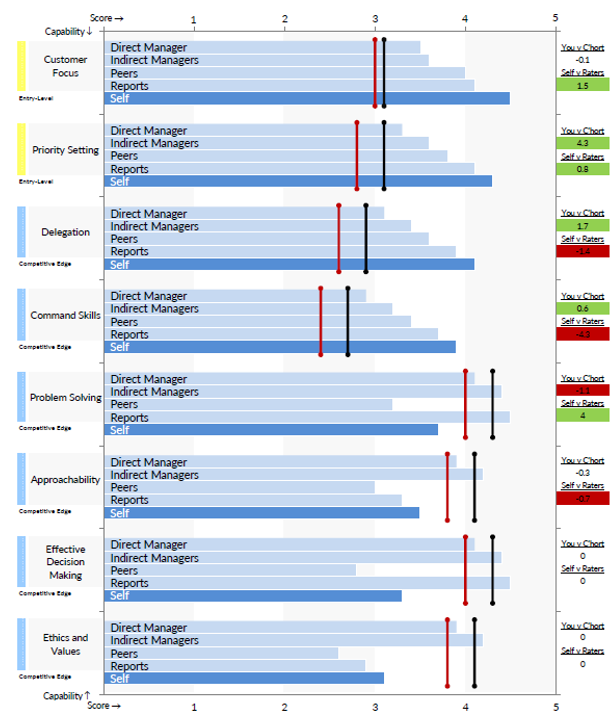When your organisation wants to support leaders on their personal development journey an important part of the process should be making sure that they have access to as much insight and information as possible in terms of knowing how they’re tracking relative to their leadership goals so as to make informed decisions about what’s next for them as a leader.
“Knowing yourself is the beginning of all wisdom” ~Aristotle
That’s what 360 feedback is all about and we’ve set out in this piece a brief overview of the key considerations in setting up, running and getting the most out of a 360-degree feedback process for your organisation. We’ll take a brief look at the concept of 360-degree feedback as well as running through what’s typically involved for both participants and those managing the process.

